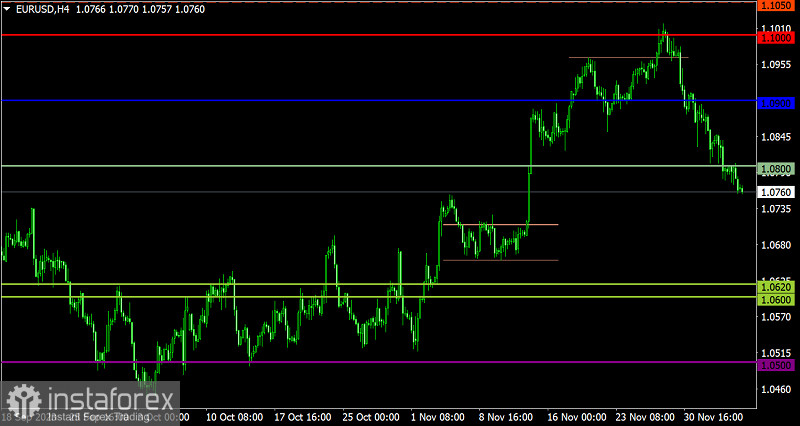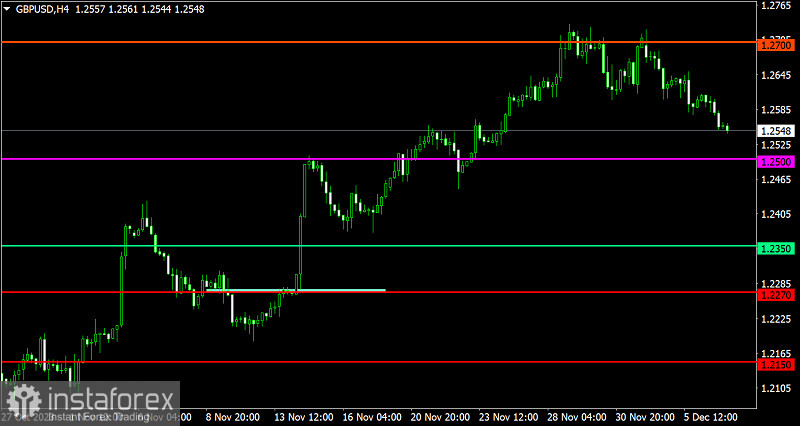Dollar's continued rise came as a surprise because retail sales in the eurozone slowed its decline from -2.9% to -1.2%, while consumer activity, which acts as the engine for the entire economy, grew. US employment also increased slightly, by only 103,000 instead of the expected 250,000. In fact, over the last four months, the figure only climbed by 478,000.
Most likely, the increase occurred due to the shift in expectations on interest rates, as even though ECB representatives stated that there should be no reduction in the refinancing rate by the end of the year, dollar demand only fell slightly.
With regards to the upcoming GDP data for the eurozone, it will unlikely change much since its third estimate merely confirms the two previous ones. Meanwhile, US jobless claims, which may increase by 20,000, sparked interest, as it may convince investors of the deteriorating situation in the labor market.
Under the pressure of macroeconomic statistics, the scale of dollar's growth may become more modest.

EUR/USD surpassed the support level of 1.0800, ignoring the technical signal of euro being oversold. A further decline will bring the quote to 1.0700. However, the situation will eventually lead to the closure of short positions, which will provoke a technical rebound.

GBP/USD showed a similar picture, as its recent 200-pip movement indicates the oversold condition of pound. A further decline will likely bring the quote to 1.2500, around which there may be a decrease in the volume of short positions.





















